By P Abigail Sadhana Rao
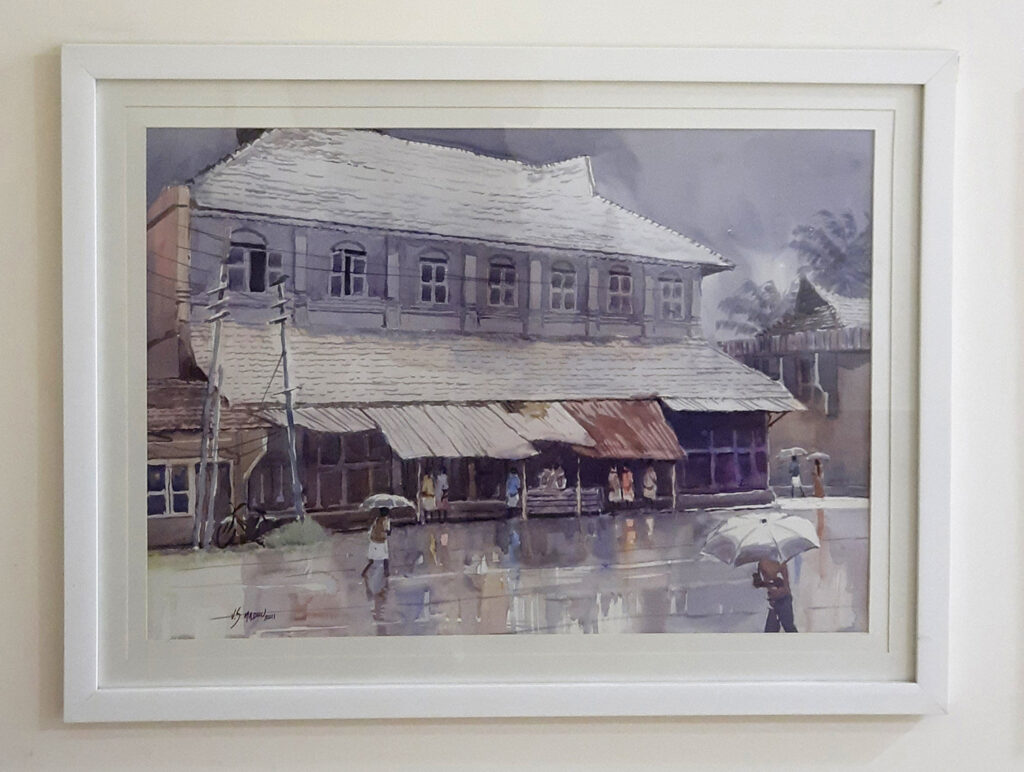
When framing artwork, there are a lot of things to take into account. The goal of a frame should be to draw attention to the artwork and shield it from external elements that could deteriorate its appearance over time. Appropriately framing, a form of art in itself, can significantly improve an artwork.
It’s important to consider the artwork’s medium and the support it’s on in addition to the frame’s aesthetic appeal. Understanding their properties will help you accommodate factors that may affect the artwork if not framed correctly. Here are some considerations to make while picking the ideal frame.
Understanding Material, Style and Colour
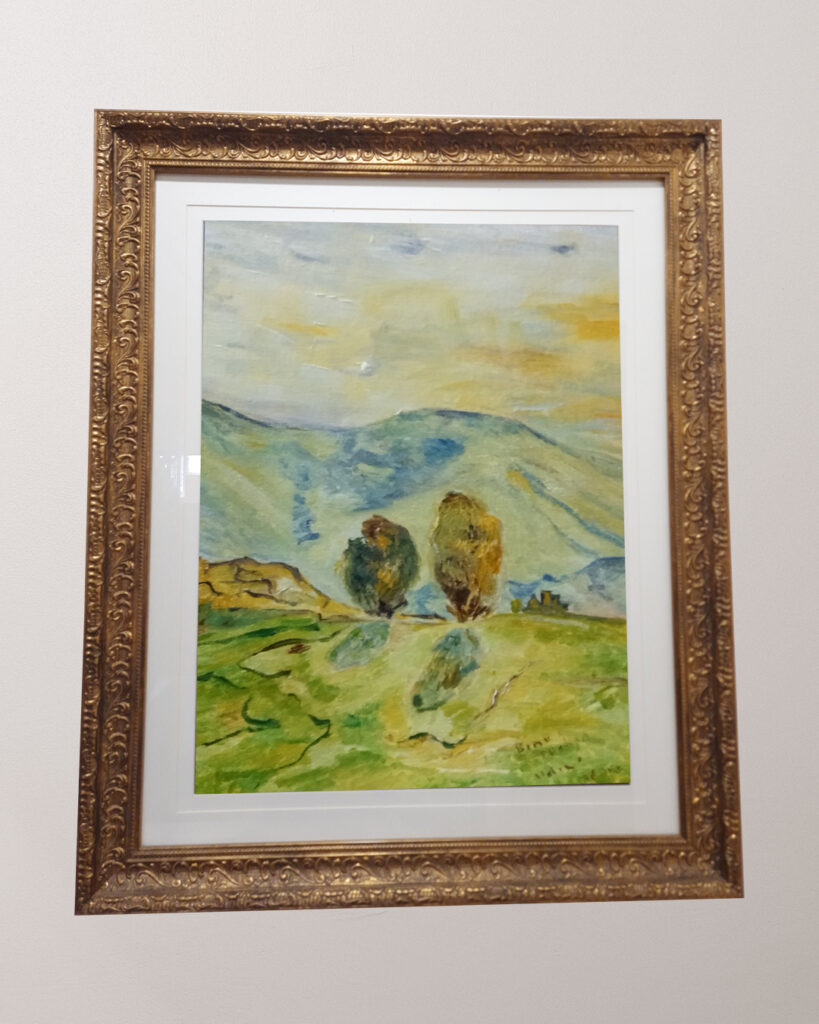
There are many different types of frames, therefore a plethora of options to choose from. When framed improperly, a piece of art may be overshadowed or may fail to receive the appreciation it deserves. While it’s crucial to choose a frame that is less striking than your artwork, frames that are too similar in colour or too decorative should also be avoided. Consider how a frame can best display the piece; for instance, a black frame on a light painting can provide contrast and make the piece stand out.
The style of a painting will help to suggest the frame style. For example, paintings with floral artworks or with Indian mythical themes, gods, and goddesses are well suited to a traditional gold-leafed frame, or an attractive dark wood floating frame. Lighter or more abstract paintings usually look best in less ornate frames, such as a box frame with a thin border. For paintings with a subject matter somewhere in between, you could choose a frame that combines traditional and contemporary styles.
If you’re unsure about adding colour with a frame, black or white are always good choices. Both work well with most interiors and subject matters – simple black frames can add depth and drama, and white frames work well with bright-coloured works and white walls.
Framing Artworks on Paper
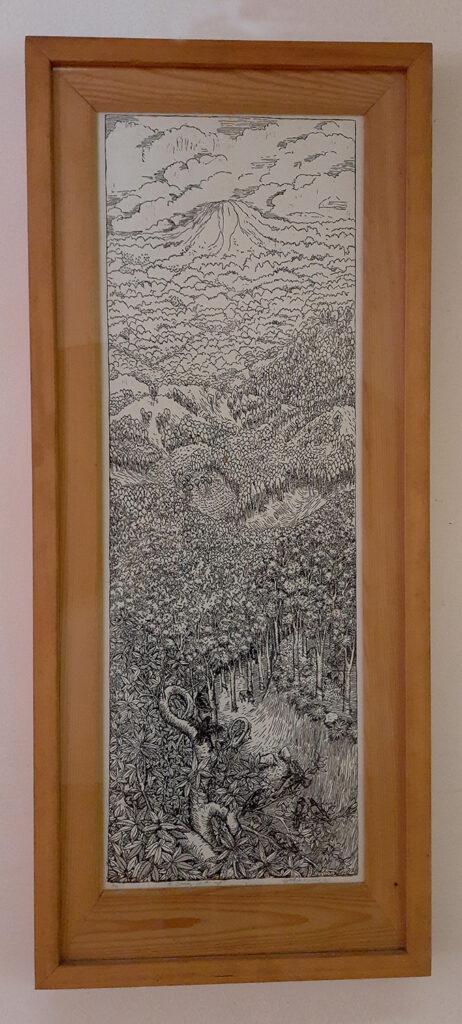
Artworks on paper should be protected by a frame while also drawing attention to its aesthetic appeal. The handling and framing of artworks created with mediums like graphite, charcoal, or pastel need to be done with utter care and extreme delicacy. Additionally, watercolour paintings on paper might be fragile. The ideal way to frame these pieces of art is with a mount, or “mat.” The work will be better protected from deterioration if the mounts and backings are 100% acid-free. The majority of skilled framers use these materials.
The mount helps highlight the artwork by separating it from the frame and drawing attention to the work. By preventing the glass from directly touching the artwork, they also aid in conserving them. However, this can lead to condensation and damage to artwork causing moulds and mildew to form. A mount isn’t always necessary, but most artworks on paper look better with one, providing a more elegant finish. Some works on paper are ‘floated’ over the mat, and the back of the artwork will be safeguarded using conservation-grade materials by the framer.
Neutral-coloured mounts tend to be the most popular, although other colours can add an interesting dimension to an artwork. If you want to introduce subtle colour, consider double matting. It’s also important to make sure the glass has a UV filter. This plays a key role in protecting works that will fade over time if exposed to UV light. Low-reflective types of glass are best as they do not interfere when viewing the artwork. Acrylic glazing is much lighter than glass and provides about 60% UV protection; they make a good alternative for large artworks.
Framing Oil-based Artworks
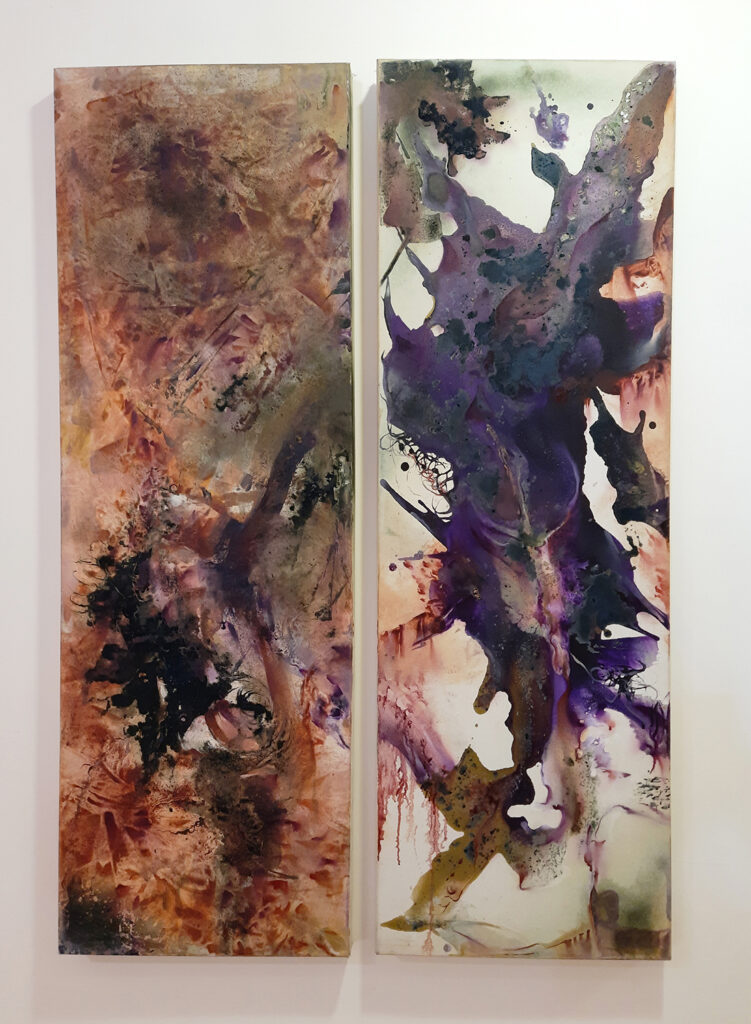
Oil paintings were never traditionally encased behind glass. Except for those artworks in galleries or museums that are exceptionally valuable. Understanding the nature and characteristics of oil paintings is essential to help choose a suitable frame for them. Oil paints dry out through oxidation and produce a hard film, unlike watercolours and acrylics where water evaporates out of it.
Oil paintings can feel touch dry and possibly safe to handle after a few weeks, however, depending on the thickness of the paint layers, they often take much longer to fully dry. Most argue that oil paintings should be left to ‘breathe’, and that glass should be avoided. In this case, one can also consider taking it to an art conservator and varnishing their artwork before putting it up. Varnish prevents dirt from reaching the surface of the paint and damaging it. It also creates a barrier to protect the paint from being removed when cleaning.
Framing Acrylic Artworks

Acrylic paint dries differently from oil paint and this can affect how acrylic paintings are framed. Depending on how much the acrylic is diluted with water, the paint can soften in high heat. This can mean if an acrylic painting is kept in unstable temperatures where it heats and then contracts as it cools, it may be vulnerable to cracking.
Keeping paintings away from sources of heat, such as radiators, fires, or ovens, is very important. For some, concerns over the paint film softening is an argument for keeping acrylic paintings framed behind glass.
Framing Mixed Media Artworks
Mixed media works span across a variety of mediums, so consider what is appropriate for how the painting is composed. Works with three-dimensional characteristics are often left unframed, as are oil or acrylic paintings with heavy impasto. When framing these types of artwork, make sure to take into account any extra dimensions that the materials may be adding on.
Do All Artworks Need to be Framed?
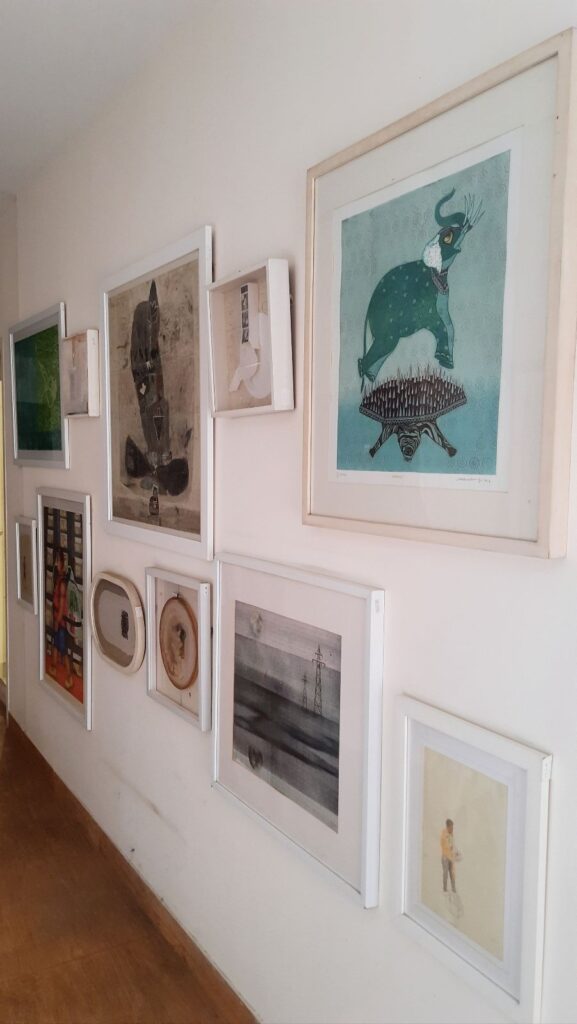
Not every work of art needs to be framed. In many cases a frame isn’t necessary at all – some early twentieth-century painters disregarded frames completely. Leaving work unframed means that the viewer focuses solely on the artwork, and it draws attention to the artwork as an object. It is entirely up to the individual whether or not to frame. If you like the aesthetics of a solid frame, you can frame your artwork even without using a glass overlay. It is entirely up to the individual whether or not to frame.
If you are still unsure, we have an art advisory team at Mojarto who are more than willing to help guide and assist you in deciding the right frame for your artwork.
Disclaimer: We are sharing cleaning tips that we have gathered from our research. Seeking professional advice from a restorer is advisable.